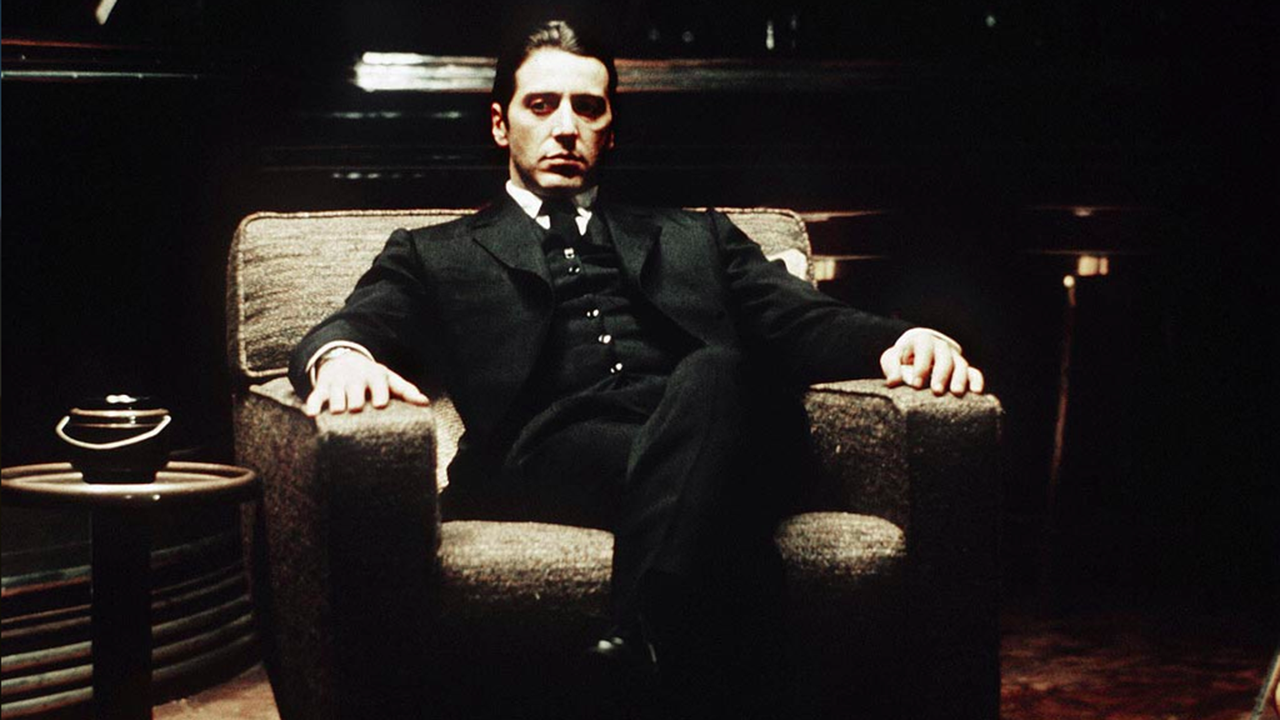On Friday, the Museum of The Moving Image begins a new 17-film retrospective on famed cinematographer Gordon Willis, the Astoria native who created the look for some of the most iconic films of the 1970s. Willis passed last May due to cancer.
Speaking to ANIMAL about the retrospective, a part of the Museum’s “See it Big!” series, Chief Curator David Schwartz said:
“This is the first time that we have focused on a cinematographer for our See it Big series. Gordon Willis seemed like an ideal choice because he has such a distinctive style and approach that his artistry is evident whether he is working for a major director like Francis Ford Coppola, Woody Allen, and Alan Pakula, or an independent filmmaker, like Aram Avakian, Alan Arkin, and Hal Ashby.”
In a career that lasted nearly three decades, Willis (whom Conrad Hall called “The Prince of Darkness” because of his use of shadows) was the cameraman behind two of the most important trilogies in cinema history. He was the cinematographer for all three Francis Ford Coppola’s Godfather films; provided the cinematography for ’70s conspiracy thrillers Klute, The Parallax View and All The President’s Men, three films that make up Alan J. Parka’s post-Watergate Conspiracy Trilogy; and for the New York of Woody Allen’s early films. He and Allen formed a partnership in the late ’70s collaborating on seven films, including such classics as Annie Hall, Manhattan, Zelig and The Purple Rose of Cairo.
Almost all of the 17 films will be shown on 35mm film, including a rare, technicolor print of The Godfather Part II. The retrospective will go on until March 1st.
(Photo: The Godfather Part II)


